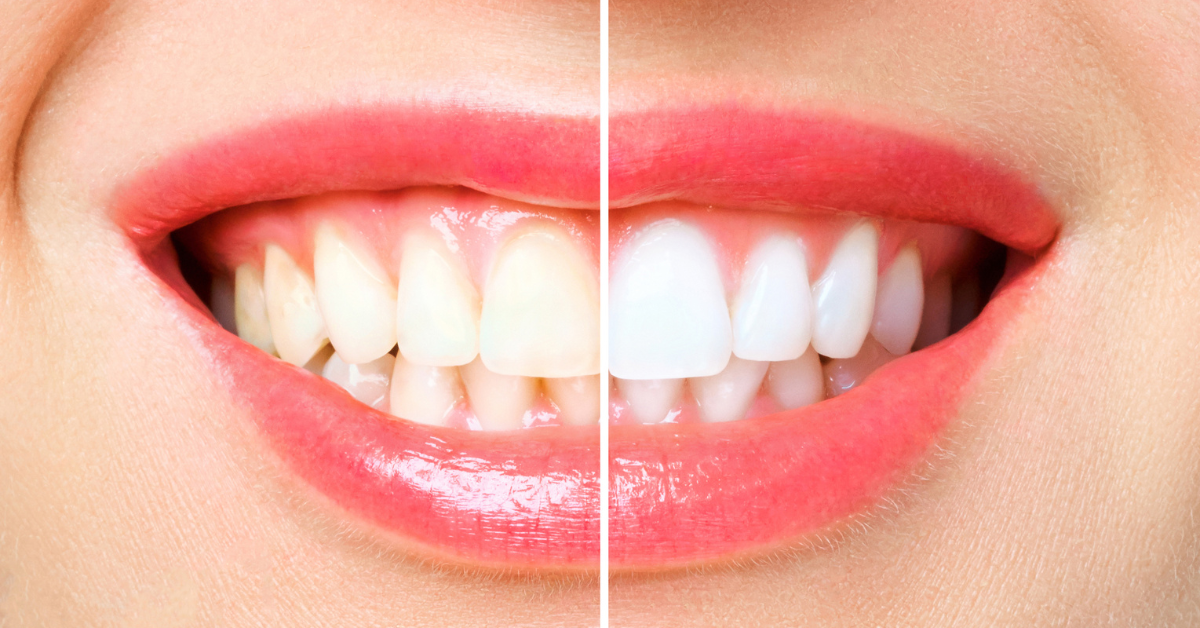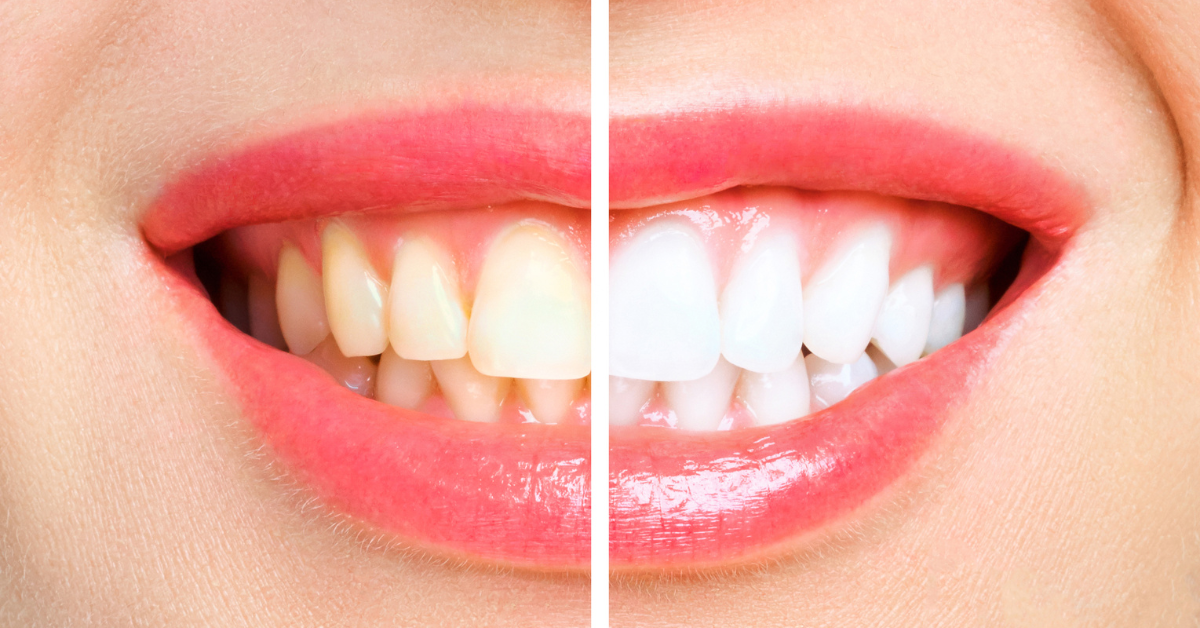Teeth whitening can be an effective way to brighten your smile and enhance your confidence. However, it’s important to be mindful of your diet following the procedure to maintain the results and avoid staining. Here’s a comprehensive guide to help you choose the right foods and beverages after teeth whitening:
The Initial 24-48 Hours: A Focus on Bland and Light-Colored Foods
Immediately following teeth whitening, your teeth may be more sensitive to staining. To protect your newly whitened smile, focus on bland and light-colored foods for the first 24-48 hours. Here are some excellent options:
-
Plain yogurt: Yogurt is a protein-rich, bland food that provides essential nutrients for maintaining oral health. Choose plain yogurt and avoid flavored varieties, as they may contain added sugars and coloring agents.
-
White rice: Well-cooked white rice is another bland and light-colored option that provides carbohydrates for energy. Avoid adding sauces or condiments, as these may contain coloring agents.
-
Oatmeal: Oatmeal is a nutritious and filling breakfast option that is also gentle on the teeth. Opt for plain oatmeal and avoid adding sugary toppings or fruits that can stain.
-
Mashed potatoes: Mashed potatoes are a comforting and bland food that is easy to eat. Avoid adding butter, gravy, or other toppings that may stain.
-
Watermelon: Watermelon is a refreshing and hydrating fruit that is low in acidity and unlikely to stain the teeth.
Days 3-5: Gradually Reintroducing Color and Texture
As your teeth’s sensitivity subsides, you can gradually reintroduce more color and texture to your diet. However, continue to avoid heavily pigmented foods and beverages to maintain the whitening results. Here are some additional options to consider:
-
Chicken or fish: Lean proteins like chicken or fish are excellent choices that provide essential nutrients for overall health. Avoid sauces or marinades that may contain coloring agents.
-
Soft-cooked vegetables: Soft-cooked vegetables, such as carrots, zucchini, and cauliflower, provide essential vitamins and minerals while being gentle on the teeth. Avoid raw or crunchy vegetables that may require excessive chewing.
-
Low-acid fruits: Low-acid fruits like bananas, apples, and pears are less likely to stain the teeth compared to citrus fruits or berries.
-
White bread or pasta: White bread or pasta can be consumed in moderation, but be mindful of sauces or condiments that may contain coloring agents.
Foods and Beverages to Avoid After Teeth Whitening
While some foods may seem appealing, it’s crucial to avoid certain types that could hinder the whitening results or cause staining. Here are some foods and beverages to steer clear of:
-
Heavily pigmented foods: Heavily pigmented foods, such as red wine, coffee, tea, berries, soy sauce, and curry, can easily stain the teeth.
-
Acidic foods: Acidic foods, such as citrus fruits, tomatoes, and vinegar, can increase tooth sensitivity and make them more susceptible to staining.
-
Hard foods: Hard foods, such as nuts, seeds, and hard candy, can put unnecessary pressure on the teeth and cause sensitivity.
-
Sticky foods: Sticky foods, such as caramels, gummies, and sticky rice, can adhere to the teeth and increase the risk of staining.
-
Sugary drinks: Sugary drinks, such as soda, fruit juices, and energy drinks, can contribute to tooth decay and staining.
Additional Tips for Maintaining Teeth Whitening Results
Along with choosing the right foods, follow these additional tips to maintain your teeth whitening results:
-
Maintain proper oral hygiene: Continue to brush and floss gently twice a day, using a soft-bristled toothbrush and a fluoride toothpaste.
-
Avoid smoking and excessive alcohol consumption: Smoking and alcohol can stain the teeth and hinder the whitening results.
-
Use a straw for beverages: When consuming staining beverages, use a straw to minimize contact with the teeth.
-
Rinse with water after meals: Rinsing with water after meals can help remove food particles and reduce the risk of staining.
-
Consider using a whitening toothpaste: Whitening toothpastes can help maintain the whitening results. However, use them with caution, as they may increase tooth sensitivity.
-
Schedule regular dental cleanings: Regular dental cleanings can help remove plaque and tartar buildup, preventing staining and promoting overall oral health.
Conclusion
Teeth whitening can be a rewarding procedure that enhances your smile. By following these dietary guidelines and maintaining proper oral hygiene, you can extend the longevity of your whitening results and enjoy a brighter, healthier smile for a longer period. Please find the dental office near you in these locations: Attleboro, Chelmsford, Hyde Park, Jamaica Plain, Lynn, Manchester, Methuen, Roslindale, Taunton.




